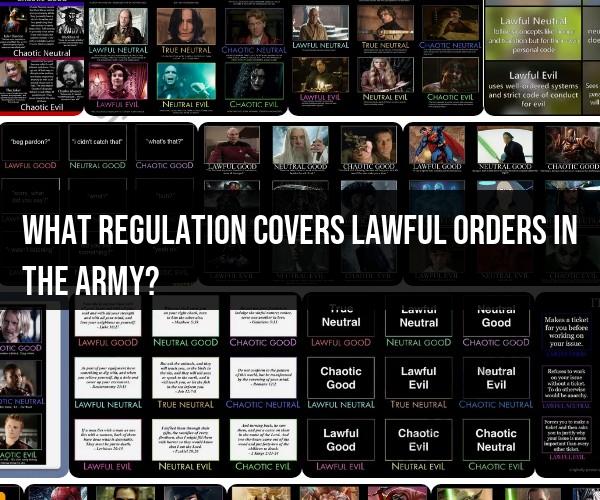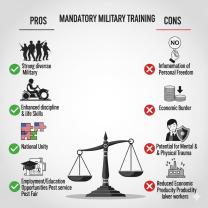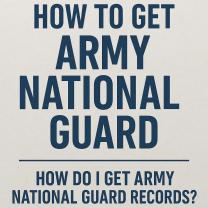What regulation covers lawful orders in the Army?
In the United States Army, lawful orders are covered by a combination of regulations and the Uniform Code of Military Justice (UCMJ). The primary regulation that addresses lawful orders in the U.S. Army is:
Uniform Code of Military Justice (UCMJ):
- The UCMJ is the federal law that governs the military justice system for all branches of the U.S. military, including the Army. It includes provisions related to the issuance, disobedience, and consequences of lawful orders.
Additionally, specific aspects of lawful orders are covered in Army regulations and field manuals, including but not limited to:
Army Regulation 600-20 (AR 600-20): This regulation, titled "Army Command Policy," provides guidance on various aspects of command, including the issuance and compliance with lawful orders. It outlines the responsibilities of commanders and the rights and responsibilities of Soldiers.
Field Manual 22-6 (FM 22-6): This manual, titled "Guard Duty," provides guidance on the duties of military personnel while performing guard duty, which includes obeying lawful orders related to security and protection.
Field Manual 27-10 (FM 27-10): This manual, titled "The Law of Land Warfare," provides information on the legal aspects of warfare, including the issuance and compliance with lawful orders during armed conflicts.
Field Manual 7-21.13 (FM 7-21.13): This manual, titled "The Soldier's Guide," offers guidance to Soldiers on various aspects of military service, including following lawful orders.
It's important for members of the U.S. Army to understand the principles of lawful orders, their obligations to follow such orders, and the legal consequences of disobedience. Failure to obey lawful orders can result in disciplinary actions, including court-martial proceedings, as outlined in the UCMJ and related regulations.
Soldiers are encouraged to consult with their unit's legal advisors or judge advocates if they have questions about the legality of an order or concerns about their obligations regarding orders they have received.
Lawful Orders in the Army: An Exploration of the Relevant Regulation
Army Regulation (AR) 600-20, Army Command Policy, governs lawful orders in the Army. It defines a lawful order as "any order that is given by a superior to a subordinate and that is consistent with the Constitution, the laws of the United States, and Army regulations."
Soldiers are required to obey all lawful orders, even if they disagree with them. However, soldiers are not required to obey unlawful orders.
Army Regulation and Lawful Orders: Unpacking the Essentials for Soldiers
AR 600-20 provides the following guidance on lawful orders:
- A lawful order must be given by a superior to a subordinate.
- A lawful order must be consistent with the Constitution, the laws of the United States, and Army regulations.
- Soldiers are required to obey all lawful orders, even if they disagree with them.
- Soldiers are not required to obey unlawful orders.
Soldier's Code: The Army Regulation Governing Lawful Orders
The Soldier's Code is a set of ten values that guide the conduct of all soldiers. One of the values in the Soldier's Code is "I will obey the orders of my assigned and superior leaders."
This value reflects the importance of obeying lawful orders in the Army. Soldiers who obey lawful orders are helping to maintain discipline and order in the Army, which is essential for mission accomplishment.
Examples of Lawful Orders
Here are some examples of lawful orders:
- An order to a soldier to report for duty on time.
- An order to a soldier to wear the proper uniform.
- An order to a soldier to perform a specific task, such as cleaning a weapon or driving a vehicle.
- An order to a soldier to deploy to a combat zone.
Examples of Unlawful Orders
Here are some examples of unlawful orders:
- An order to a soldier to commit a crime, such as theft or assault.
- An order to a soldier to discriminate against another soldier on the basis of race, gender, or religion.
- An order to a soldier to disobey a superior order.
If You Receive an Unlawful Order
If you receive an unlawful order, you are not required to obey it. You should try to reason with the person who gave you the order and explain why you believe it is unlawful. If the person refuses to change the order, you should report the order to your supervisor or another trusted adult.
It is important to remember that you are not alone. There are many people who are willing to help you if you receive an unlawful order.













